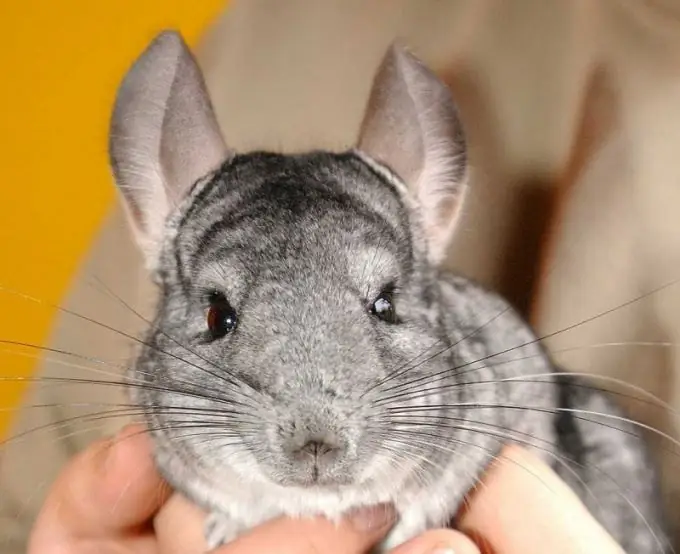All over the world, the chinchilla is raised not only as a decorative animal, but also as a valuable fur animal. Chinchilla fur breaks all records for density, which makes breeding this animal extremely profitable financially.

As a rule, only high-quality chinchilla skins are valued on the market, so every fur breeder needs to have an idea of the correct technology for making them and storing the product ready for sale.
Primary processing of chinchilla skin
Before you start giving the chinchilla skin a marketable appearance, it must be properly prepared. The process of preparation for further processing consists in cleaning the raw materials from the remnants of tissues and fat.
In order to properly clean the skin using a dull knife, it should be carefully placed on a flat surface, with the fur down. The film formed on the surface of the skin (in the area of the neck and head of the animal) can not be cleaned off, since there is a possibility of damage to the fur coating.
Further processing of the skin depends on the skill level of the breeder in terms of dressing. If the breeder does not have sufficient experience in this laborious business, the skin can be simply dried by pulling it on a special board and securing it with small nails. When drying, the skin should not be stretched too much - it is enough to stretch it so that there are no obvious folds.
The chinchilla skin should be dried in a well-ventilated place for two days, while the temperature regime must be strictly observed and correspond to + 10-15 ° C. After drying (before dressing), the skin should be stored in the refrigerator at a temperature of -4-5 ° C.
Skin dressing
For high-quality production, the most effective is the dry method using a special solution consisting of 90% salt and 10% aluminum sulfate. The two components of this solution must be very thoroughly mixed, therefore it is recommended to use a mixer for this purpose. You should also strictly adhere to the weight norms - for example, for 400 g of salt, you will need 44 g of sulfate.
2 tablespoons of the prepared mixture should be mixed with fine sawdust in the amount of 4 tablespoons and, pouring onto the skin, evenly distribute over its entire surface. If the skin is slightly damp, you can add sawdust. In any case, the more mixture is used, the easier it is to dress.
After dressing, the skins of chinchillas are folded with the inner parts (flesh) one to the other and left for storage in a well-ventilated room. After 2-3 days, the skins are shaken well and hung out to dry in some dry place. After another 3-4 days, the goods are completely ready for sale.






